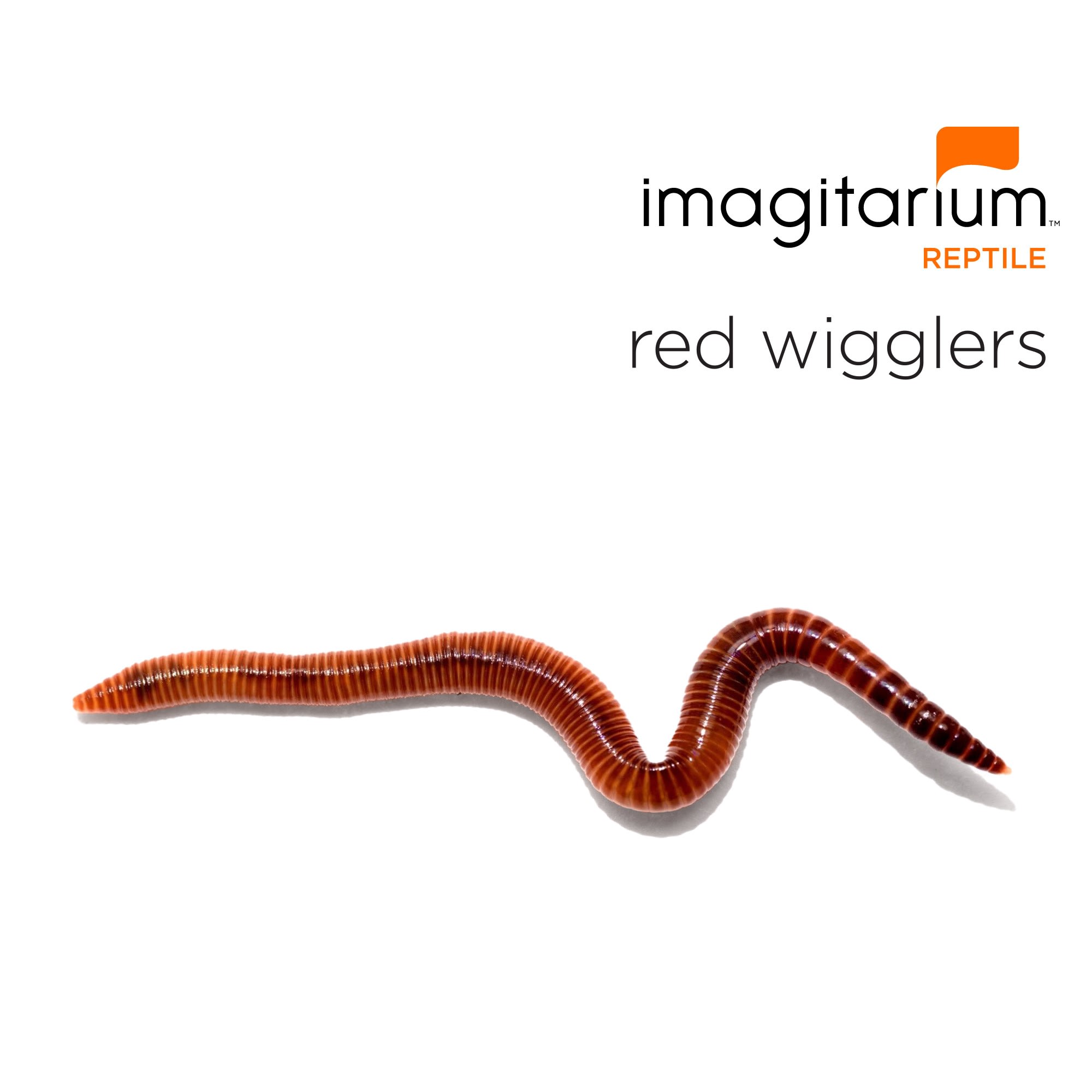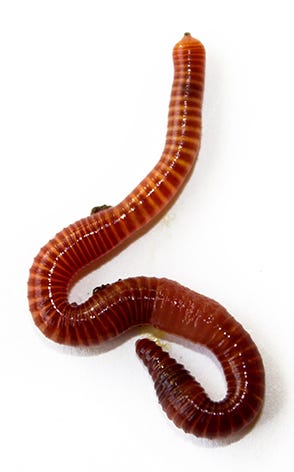The Of Red Wiggler Express
The Of Red Wiggler Express
Blog Article
The 7-Second Trick For Red Wiggler Express
Table of ContentsThe Definitive Guide for Red Wiggler ExpressThe smart Trick of Red Wiggler Express That Nobody is Talking About3 Easy Facts About Red Wiggler Express ShownThe Best Guide To Red Wiggler ExpressThe Facts About Red Wiggler Express Uncovered
It's secure to claim this things would certainly have been great to include as a to vermicomposting systems! And the flourishing Red Worm population? It simply never ever took place. Also in the lot that was established directly before backyard composters with existing Red Worm colonies. These nutritionally-boosted timber chip habitats are absolutely loaded with Lumbricus sp.
Numerous varieties, consisting of Red Wigglers, European Nightcrawlers, and Lumbricus types were brought over from the European continent. But below's the thingNative or otherwise - and as gifted as they are at being able to endure in a wide-range of settings and conditions -. In other words, they are even more likely to hang around in any energetic composting systems you have actually established up, than they are to wander off and begin ruining the atmosphere.
Origins need oxygen for respiration and count on smooth airflow within the dirt to grow. When it rains, dirt can end up being saturated with water, lowering the oxygen offered and preventing nutrient absorption. To preserve an optimum balance, the dirt needs to enable water to drain adequately, leaving sufficient space for air to support origin health
The 30-Second Trick For Red Wiggler Express

When it pertains to worms for composting, what comes to mind? If you were an earthworm dog breeder, supplier, or plain gardener, then you would certainly know that red wiggler worms are the suitable worms for vermicomposting. To discover even more regarding these planet wonders, read through some of the red worm realities listed below.
(https://www.n2local.com/us/nc/hickory/services+offered/business/20241211012005FMr0uwG0h40)If they stretch their bodies, you'll be able to see the stripes on their skin. When raising worms such as red wiggler worms, you ought to have the ability to recognize how to make excellent usage of them. When you have the ability to preserve and look after their environment well, and additionally feed them the appropriate sort of organic wastes, after that they'll be able to produce nutrient-packed and quality-rich worm spreadings for you (also recognized as worm poop or garden compost).
What Does Red Wiggler Express Mean?
What do worms consume? Well, these red wriggler worms can be fed with kitchen area scraps and garden wastes. Any rotting natural things will do like veggie and fruit peels, smashed egg coverings, used tea bags, coffee premises, yard clippings, completely dry leaves, and others. Make sure not to feed them foods that are oily, citrusy, or has meat or dairy products in them.

This habits makes them appropriate forever in worm containers, compost heap, and other confined rooms where organic waste is plentiful. Creating an optimal environment for red wigglers calls for a thoughtful method. Take into consideration the adhering to necessary components to take care of red wigglers in the house and guarantee their health: Make use of a bed linens of shredded paper or cardboard.

Include a handful of completely dry, shredded paper if the container becomes too damp. They do! Red wiggler worms duplicate by laying small, lemon-shaped eggs in safety cocoons. These cocoons are generally transferred in the bed linen and hatch into infant worms within a few weeks. The rapid reproduction cycle of red wigglers is among the reasons they are favored for vermicomposting.
Some Known Questions About Red Wiggler Express.
Their versatility and resilience have made them a prominent option for vermicomposting in different areas around the globe. Yes! They can survive from a variety of 32F to 90F. They are super versatile critters. Consider protective measures for extremely extreme temperature levels such as: Insulating the worm bin with layers of straw or leaves.

Just remember - you can constantly add even more food later (yet it's difficult to remove feed once it's been included to a bin!).
Because I fed the red wigglers and garden compost worms as well a lot, they weren't able to keep up and over time the older food went uneaten and created anaerobic problems that eliminated the worms. Here're the 6 gold policies for how frequently and just how much to feed your worms: Policy # 1: Moderation!
The Definitive Guide for Red Wiggler Express
Leftover food will certainly result in anaerobic problems that will certainly eliminate your live worms. It is ok to sprinkle a little of their original bed linen (which ought to currently be in the container) over the food, yet the food should never be hidden and must show up to your eye. Policy # 5: See rule # 1! Regulation # 6: After the initial feeding, feed the worms 1/3 to 1/2 of their weight.
Report this page